Change can be hard to swallow, especially if your team isn’t familiar with the benefits it brings. Be proactive and help your team realize that a new project management tool is not a means of control but a perfect way to move the business forward.
Propelled by the idea that one tool would minimize multitasking and serve as a perfect substitute for all the tools your team is using, you’ve finally decided to invest in a project management tool.
Even though your team seems to be drawn by the idea, they don’t appear to be actively using it. They only skim through the tasks without giving any feedback or doing anything related to the project itself.
This doesn’t mean they are not doing their job. It simply indicates that it isn’t visible anywhere and that your team is showing resistance to the new technology. I’m not saying that there is a mutiny going on, but there is certainly something that’s putting them off the new software.
After having an open discussion with your team, you came to realize that your team deluded themselves into thinking that all their activities will be under the watchful eye of the senior staff. In other words, they see it not as something that will help them streamline their processes and bring the communication to a whole new level. Instead, they see it as something that will violate their privacy and disturb their workflow.
Show your team a real value of a project management tool
As much as you would like to believe that a project management tool will bring value to your team, there are still some members of the team that don’t share your attitude.
Solution: You need to try to reach some middle ground. Bring the idea closer to your employees by introducing them to all the benefits a project management tool can offer. Create a tutorial, a presentation or a simple demo that will show them how things work. Lead them through all the steps of each process and make them realize that by being involved in a project management tool they will nothing but benefit.
Explain to your employees that none of the features are made with the aim to monitor them. Ensure them that by taking part in it, they will develop better organizing skills and communicate with a breeze.
However, be mindful that it may take some time before your team buys into it. The least painful solution is to offer them a three-month trial period and see if it’s making any difference. After three months, they will be able to give the most realistic evaluation of the tool and say whether it works for them or not.
It’s important to walk them through every single process and pinpoint all the things that may be a matter of concern. Here are some of the issues that might bother your team:
Problem 1: Your employees show resistance to project management tool because they are afraid of being under the watchful eye of the senior management. They don’t want to feel the pressure of having to be productive throughout all eight working hours. They don’t feel comfortable knowing that someone is monitoring their performance every step of the way.
Solution: Once you introduce PM software, encourage your team to time track the time they spend working on their tasks by using a time-tracking app. Make sure you don’t stalk on their work and let them feel like they have full control of what they do. You should try to focus their attention on the amount of time they spend doing each task. In that way, they will gain better insight into how much time they devoted to the project at hand.
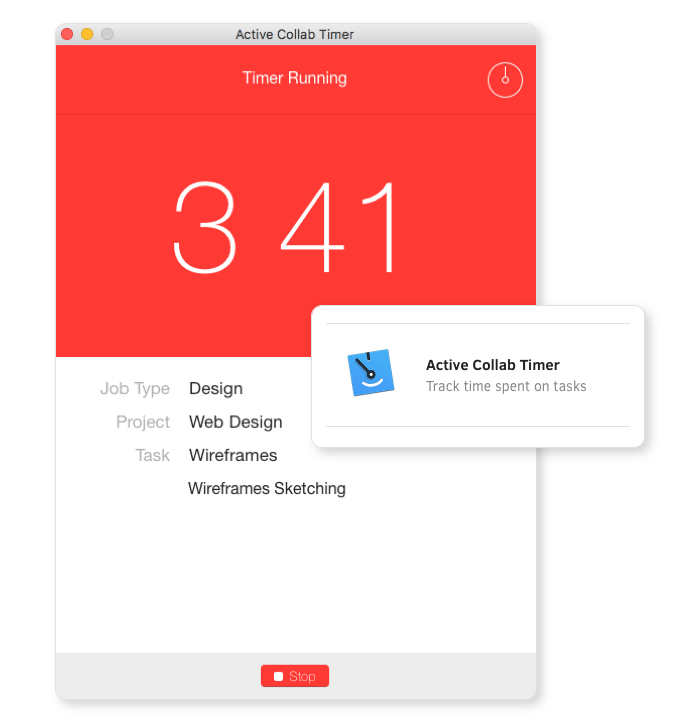
After three months or so, organize short one on one meetings, and have them give personal opinion how long does it take to complete any given task. Once everybody on the team has given their own time estimate, it’s your duty to make sure they stick to that pattern in the next six months, at the least.
This will not only help you build your team’s trust, but help the team develop the habit of tracking their own time.
Problem 2: Your team is afraid of being severely punished for missing their deadlines.
Solution: The easiest way to avoid this kind of scenario is to talk with your client and set a longer deadline than your employee estimated their work will take. In this way, your team will have enough time to maneuver their work in case they miss their deadlines. If they manage to miss their deadline anyway, school your employee, but don’t punish them. You certainly don’t want to evoke bad feelings and frustration among your team members by lowering their pay grade.
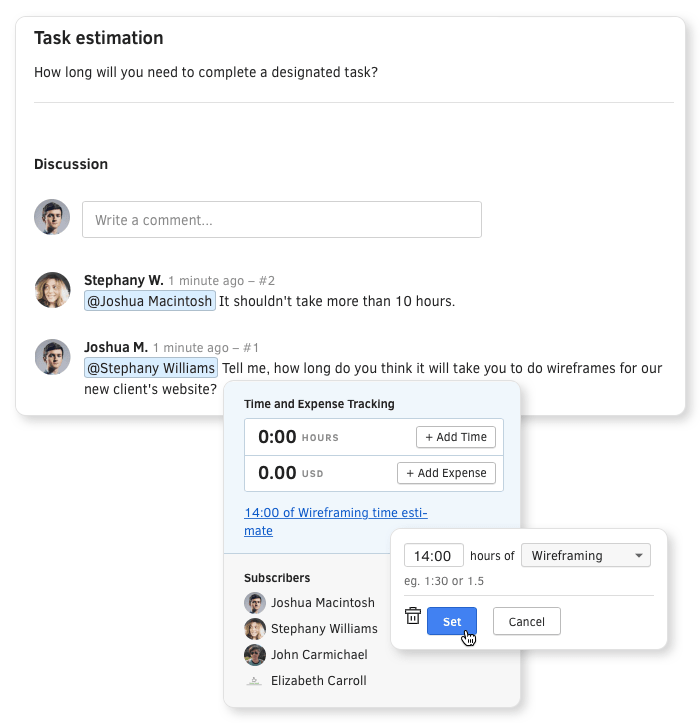
Problem 3: Your team doesn’t favor the idea of being micromanaged throughout the project development.
Solution: Just let your team do their job and ask them to make weekly reports. You will not be able to know what your team is doing at any given moment, but the freedom you give them will create a strong bond of trust. It may be scary not to know what’s going on, but it will be worth it in the long run. Also, let them outline only the final and the best versions of their work, while excluding the parts they don’t want to be visible to the rest of the team.
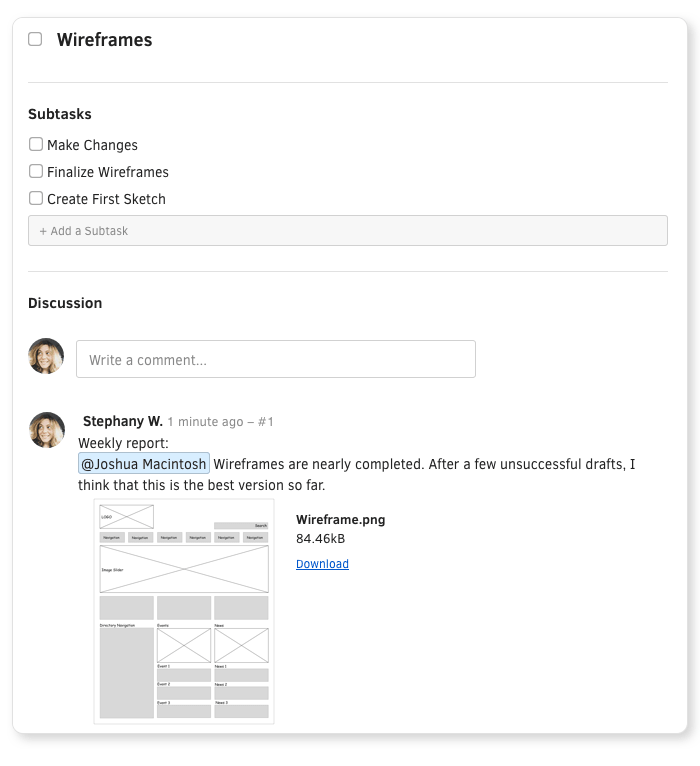
Problem 4: Your employees believe that, once the senior staff realizes that they are proficient at handling their tasks, they will be given more workload.
Solution: Instead of trying to spread your team’s energy on multiple projects simultaneously just because you see a financial benefit in it, be realistic and distribute the tasks evenly to your team members. In that way, each team member will be given an equal amount of workload and thus will be able to show their true potential and complete the task at hand more efficiently.
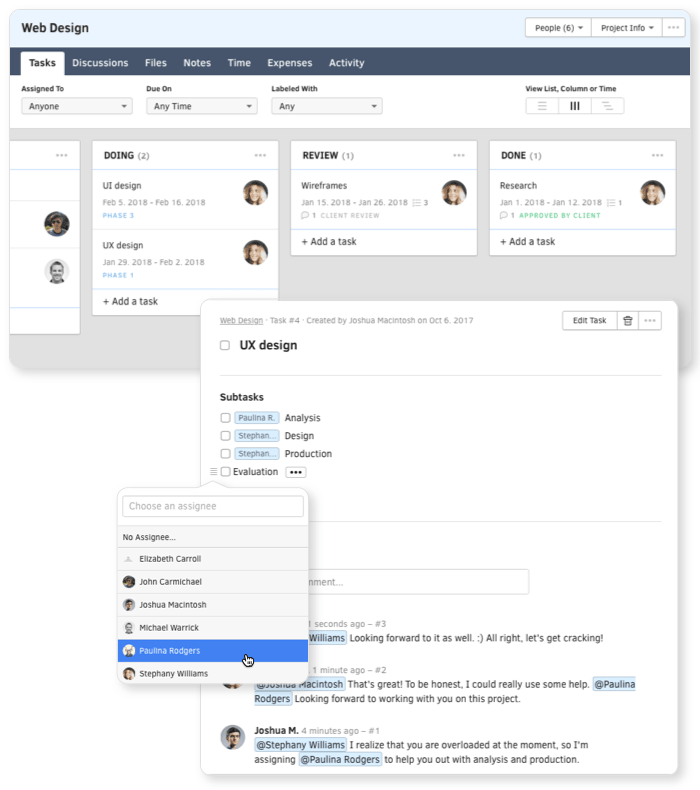
Problem 5: A job doesn’t only include mere completion of the tasks. It also includes an extensive research, collecting valuable data and new insights that should help you produce the best possible results. Since it doesn't’ include the actual work, your team members may think that by researching, they don’t bring any particular value to the company. Also, since researching is usually not documented, a senior staff may consider it to be a waste of time.
Solution: As a project manager, you need to view research as an integral part of the job and allocate some time (for instance, 20% of the time) when your team can search for any relevant data they consider necessary for their job.
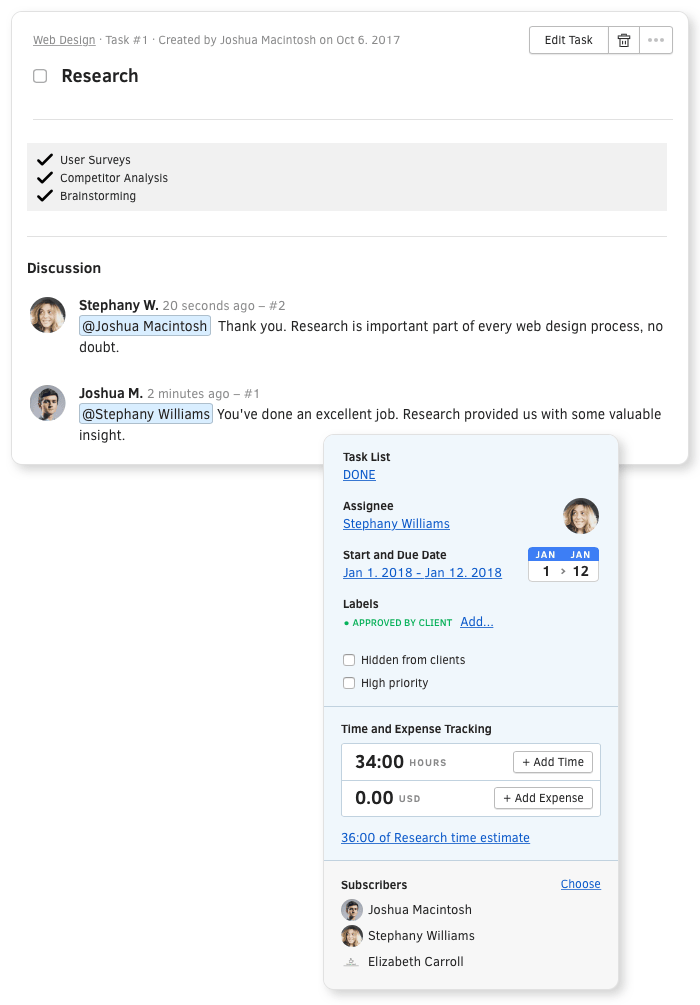
Fear of being controlled and monitored comes from mistrust: The team either doesn’t trust you, or they feel you don’t trust them. By giving them breathing-room and time to adapt to the new project management tool without making “any sudden moves”, you will show your employees you trust them and all you want to do is make their life just a bit easier.
Once you have outlaid all the essentials and pinpointed all the features that will help your team ease and streamline the processes, they will no longer have reason to be doubtful.
If your team gets well-adapted to the change, and you can see the increase in an overall efficiency, make sure you reward them for showing the willingness to improve the quality of their job.
